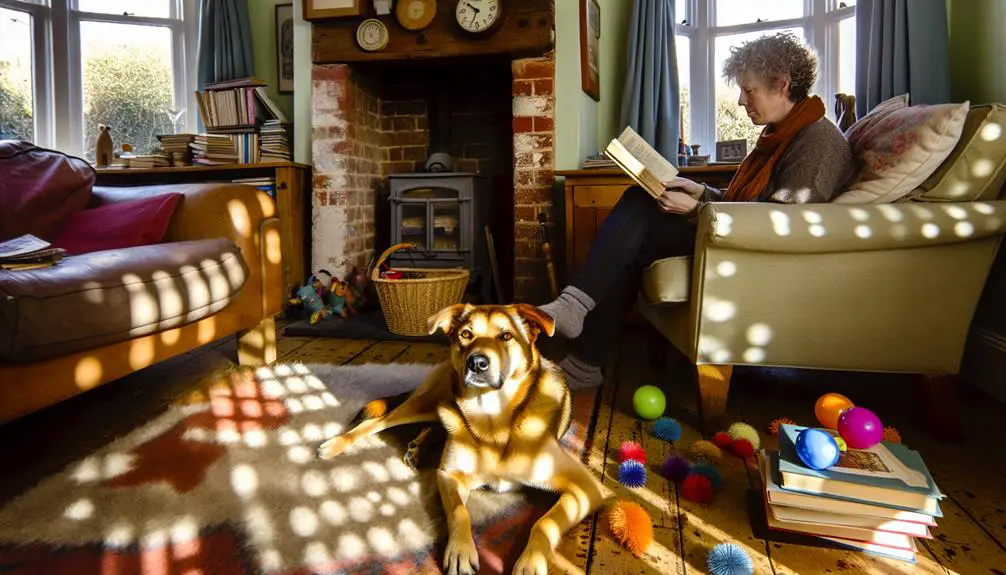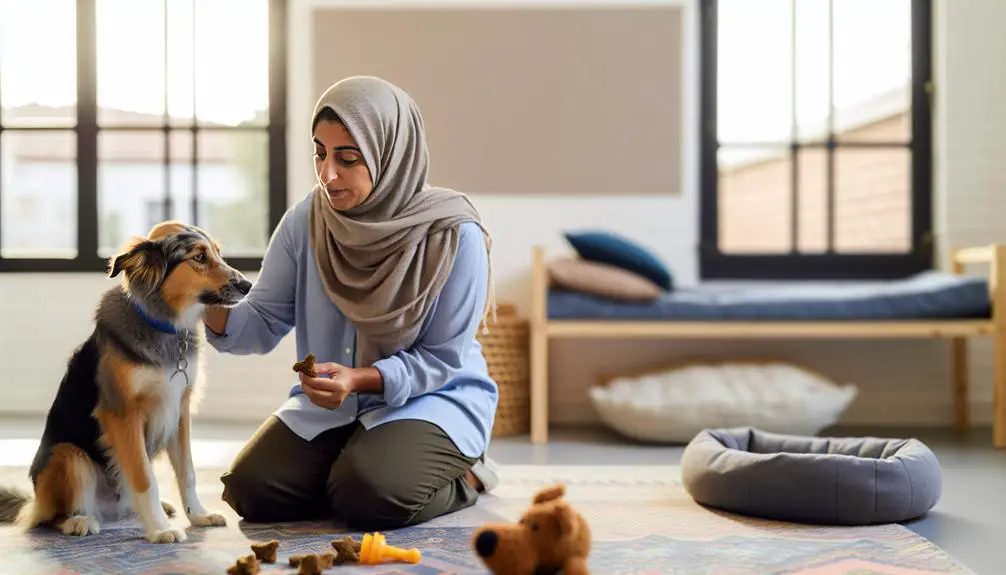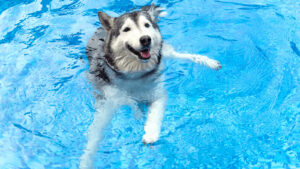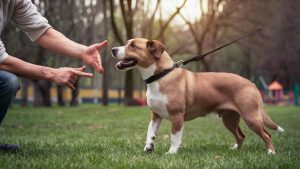Imagine your dog’s anxiety as a tangled knot of yarn, tight and difficult to unravel. You can take several steps to ease this tension, helping your furry friend feel more at ease when you’re not around.
Start by establishing a consistent daily routine and gradually increasing the time you’re away. Incorporating puzzle toys, creating a safe space, and practicing gradual desensitization can also make a significant difference.

Additionally, regular exercise and calming techniques are essential. If these strategies aren’t enough, seeking professional help might be the next step.
Let’s explore each of these methods.
Table of Contents
1. Establish a Routine With Your Dog

Creating a consistent daily schedule for your dog can greatly reduce their separation anxiety. By establishing predictable activities, you help your dog feel secure and less anxious when you’re not around.
This post contains affiliate links. However all the information provided on this site are my own honest opinions. See more in Disclaimer.
Start by feeding, walking, and playing with your dog at the same times each day. Predictable activities make your dog understand what to expect, minimizing stress.
Consistency is key. Guarantee that all family members adhere to the established routine. If your dog knows when you’ll return, it reduces uncertainty and fear.
Gradually extend the time you’re away, so your dog becomes accustomed to your absence within the framework of their consistent schedule. These structured routines provide a sense of normalcy, making your dog more resilient to changes in their environment.
2. Give Your Dog Puzzle Toys

Incorporating puzzle toys into your dog’s routine can engage their mind and alleviate separation anxiety. These toys provide essential mental stimulation, which is vital for reducing anxiety.
By challenging your dog’s problem-solving abilities, puzzle toys can effectively divert their focus from your absence. This mental engagement not only keeps them occupied but also reduces boredom, a common trigger for anxiety-related behaviors.
Select puzzle toys tailored to your dog’s skill level and gradually increase the complexity to maintain their interest. Rotate different types to avoid predictability and sustain their engagement.
Make sure that the toys are safe and durable to withstand regular use. Implement this strategy consistently to observe significant improvements in your dog’s anxiety and overall well-being.
3. Provide a Safe Space for Your Dog

Designate a specific area in your home where your dog feels secure and comfortable. Crate training is an effective method to create a safe space.
Choose a crate that’s appropriately sized, ensuring it’s not too large or too small. Line the crate with soft bedding and include comfort objects like your dog’s favorite blanket or toy.
These familiar items can provide a sense of security and reduce anxiety levels. Position the crate in a quiet area, away from heavy foot traffic or loud noises.
Consistently using this designated space will help your dog associate it with safety and relaxation, potentially alleviating separation anxiety over time. Remember, the goal is to make this space a positive, comforting retreat.
4. Gradual Desensitization of Your Dog

Gradual desensitization involves systematically exposing your dog to short periods of separation. Start by leaving your dog alone for just a few minutes. Gradually increase the duration to build tolerance and reduce anxiety.
Use slow departures to minimize stress. Always return with positive reinforcement like treats or praise. This helps your dog associate your absence with positive experiences.
Begin with short initial separations lasting only a few minutes. Incrementally increase the time away to help your dog adjust. Keep exits and entries calm to avoid causing unnecessary stress.
Reward calm behavior with treats and praise to reinforce a positive experience. Consistent application of this method can effectively ease separation anxiety.
5. Exercise Your Dog

After establishing a desensitization routine, make sure your dog gets plenty of exercise to help alleviate separation anxiety. Regular physical activity can greatly reduce anxiety levels.
Start with daily walks, which provide both mental stimulation and physical exertion. Aim for at least 30 minutes per walk, adjusting based on your dog’s breed and energy level.
Additionally, incorporate interactive play into your routine. Activities like fetch, tug-of-war, or agility training engage your dog’s mind and body, helping to expend excess energy that could otherwise manifest as anxiety.
Consistent exercise routines can make your dog calmer and more relaxed when you’re away, thereby reducing separation anxiety symptoms. Remember, a tired dog is a happy dog.
6. Calming Techniques for Your Dog

Implementing calming techniques can greatly alleviate your dog’s separation anxiety. You can start by playing calming music, which has been shown to reduce stress in dogs.
Watch the video below for dog calming techniques.
Another effective method is aroma therapy; specific scents like lavender can have a soothing effect on your pet.
You should also consider creating a safe space where your dog feels secure.
Lastly, interactive toys can keep your dog occupied and distracted from your absence.
7. Get Professional Help for Your Dog

When home strategies aren’t enough, consulting a professional can provide specialized treatments to effectively manage your dog’s separation anxiety.
A veterinary behaviorist can offer tailored behavioral therapy, developing a structured plan to modify your dog’s distress responses. Techniques may include desensitization and counter-conditioning to gradually reduce anxiety triggers.
Additionally, a veterinarian might assess whether medication options are appropriate. Medications such as antidepressants or anxiolytics can be prescribed to alleviate severe anxiety symptoms, allowing your dog to respond better to behavioral interventions.
Combining both behavioral therapy and medication options can create a thorough treatment plan, addressing the root causes of your dog’s anxiety.
Professional help guarantees a precise, expert approach to mitigating separation anxiety and improving your dog’s well-being.






